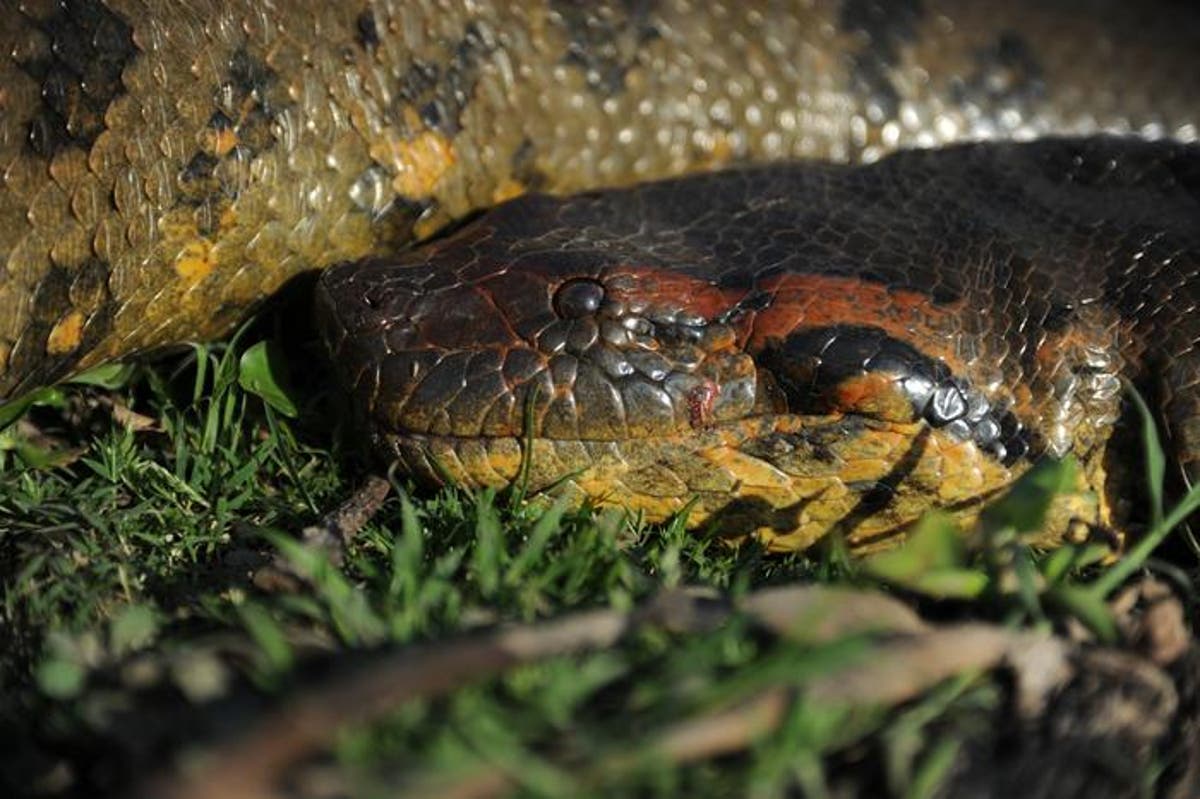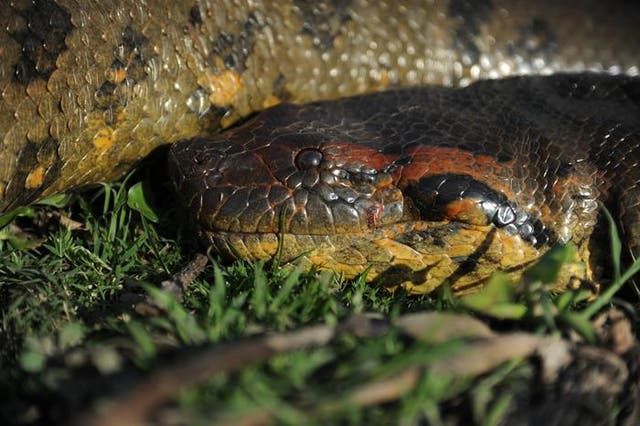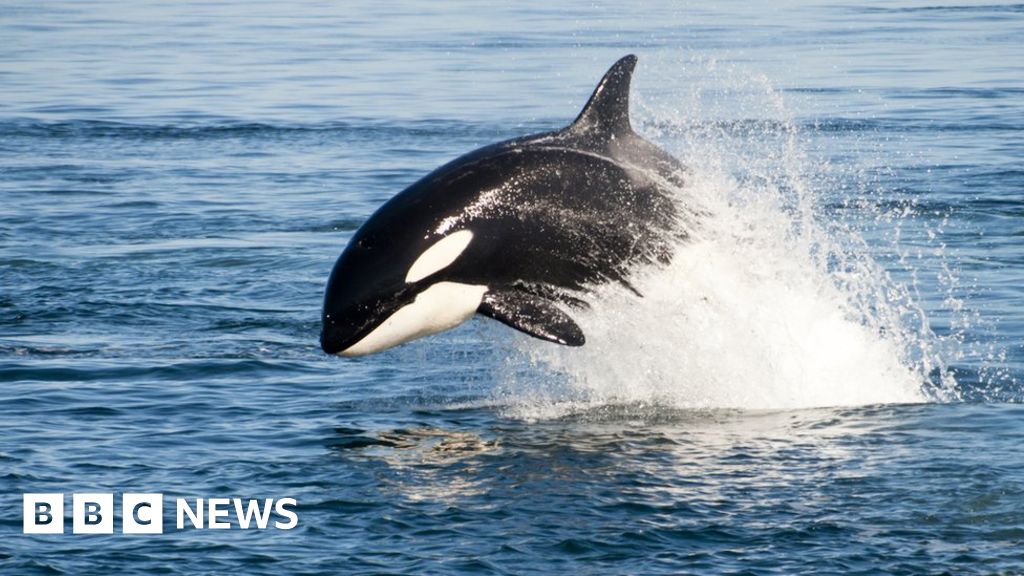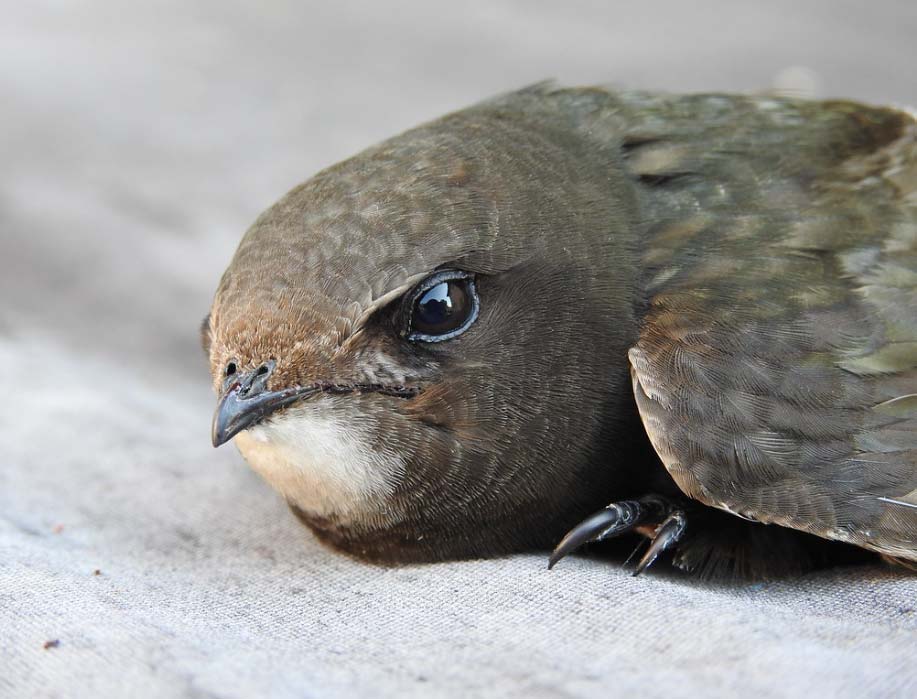- Joined
- Aug 25, 2021
- Messages
- 6,922
- Reaction score
- 16,009

Biggest snake species in the world discovered in Amazon rainforest
Species was found during filming for National Geographic’s Disney+ series Pole to Pole with Will Smith
Scientists have discovered a previously undocumented species of giant anaconda in the Amazon, which they say can grow up to 24½' and weigh close to 1100lbs, making it the largest and heaviest snake yet known in the world.

Until now, four species of anacondas were known, with the largest one – the green anaconda – inhabiting tropical parts of South America such as the basins of the Amazon, Orinoco, and Esequibo rivers, as well as some smaller watersheds.
These anacondas, found in the rivers and wetlands of South America, are well known for their lightning speed and ability to squeeze the life out of prey by coiling around, asphyxiating them, and swallowing them whole.
A newly published decades-long study has now found that the green anaconda is genetically two different species.
Researchers working with the indigenous Waorani people

captured and studied several specimens of the newly named northern green anaconda (Eunectes akayima) in the Bameno region of Baihuaeri Waorani Territory in the Ecuadorian Amazon.
Scientists documented several anacondas belonging to the new species 'lurking in the shallows, lying in wait for prey' as they paddled canoes down the Amazonian river system.
"The size of these magnificent creatures was incredible – one female anaconda we encountered measured an astounding 20½' long,” study co-author Bryan Fry, from the University of Queensland, said in a statement. “There are anecdotal reports from the Waorani people of other anacondas in the area measuring more than 24½' and weighing around 1100lbs,” Dr Fry said.
/bnn/media/media_files/1b3d647b7d36f6c7d05254e8f23227e76b794b8f1cb00bdd0a2862dd5f3b8c0b.jpg)
The new species, described in the journal Diversity, diverged from the previously known southern green anaconda about 10 million years ago, differing genetically from it by 5.5 per cent.
To put this in perspective, humans differ from chimpanzees by only about 2 per cent.









